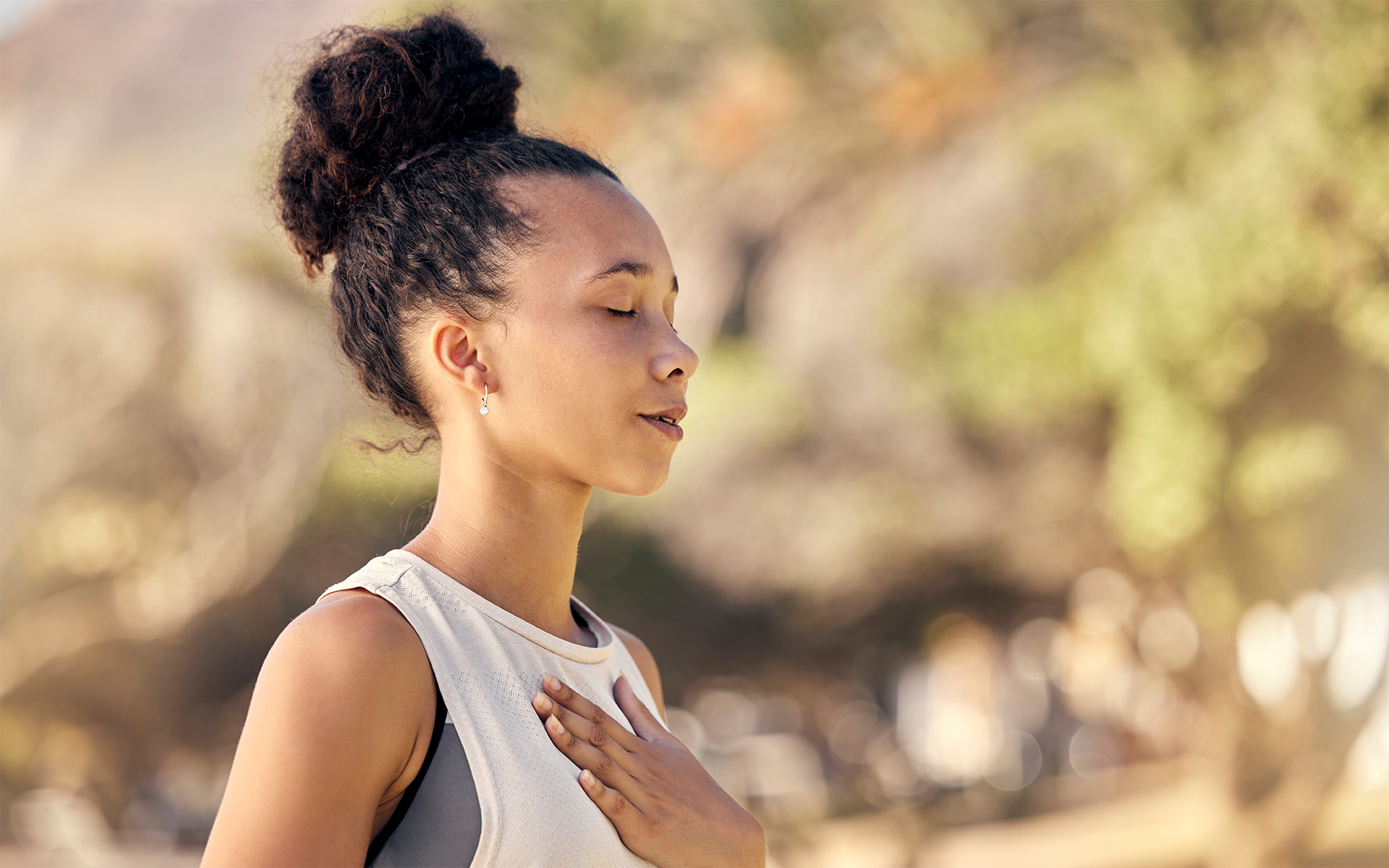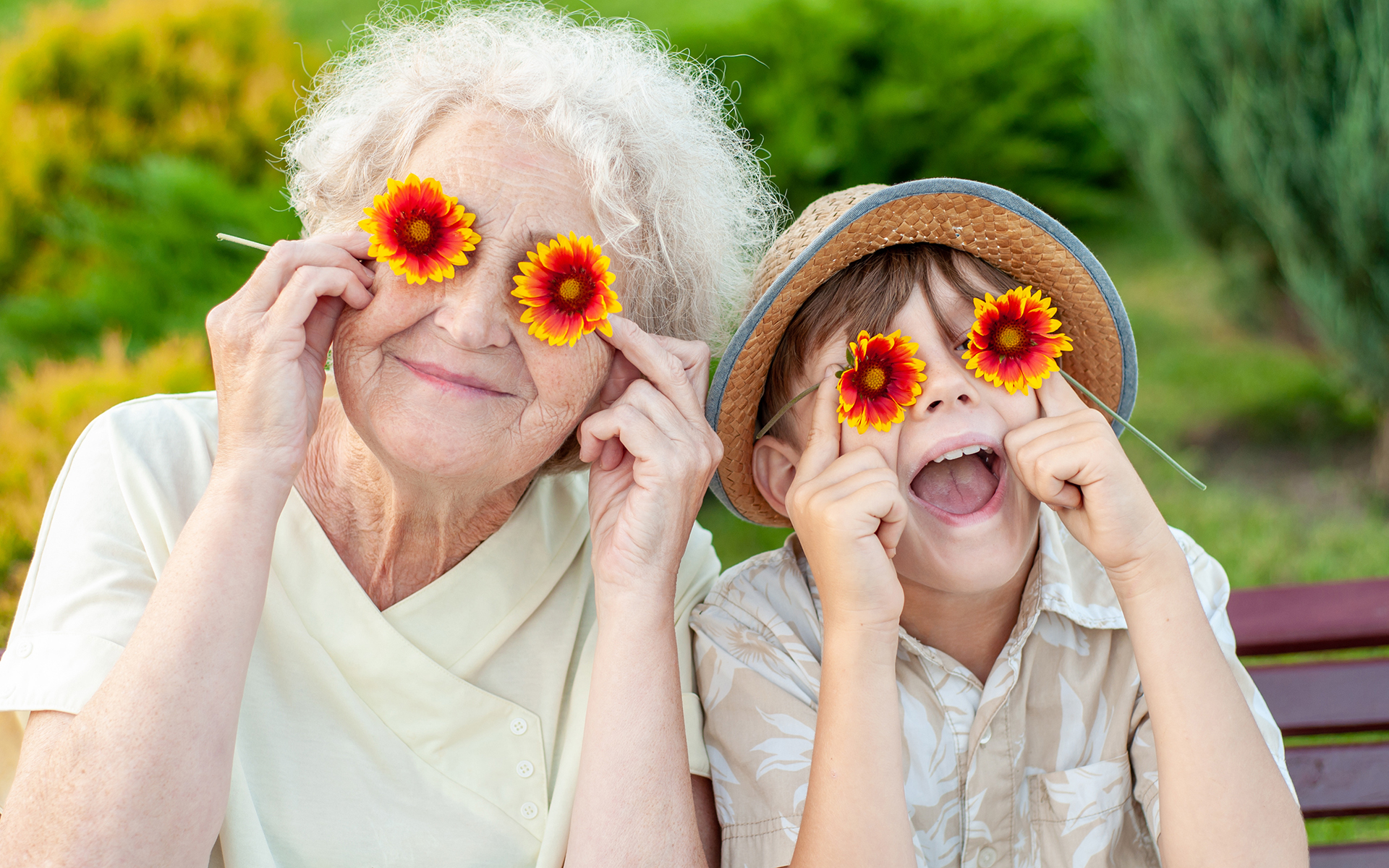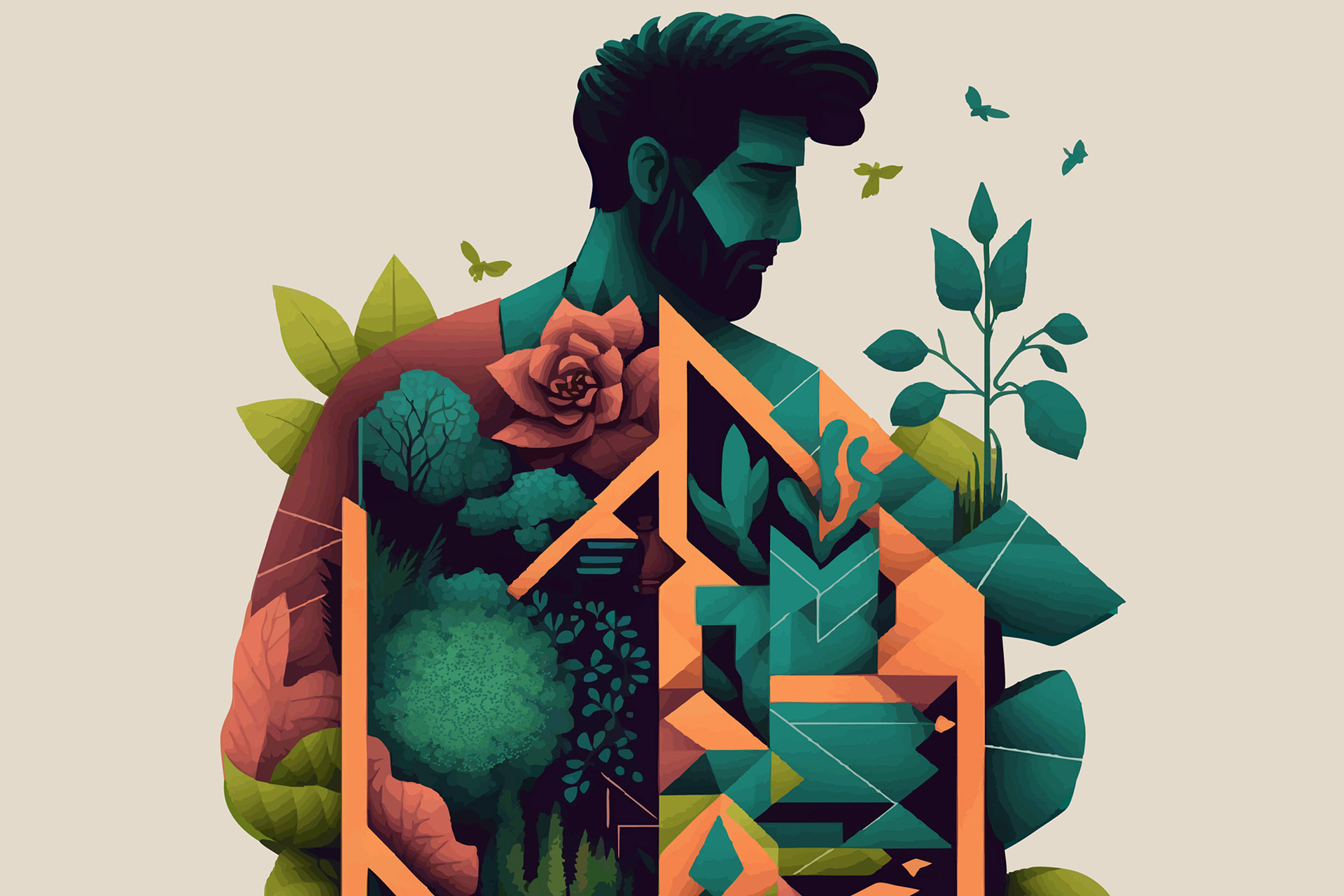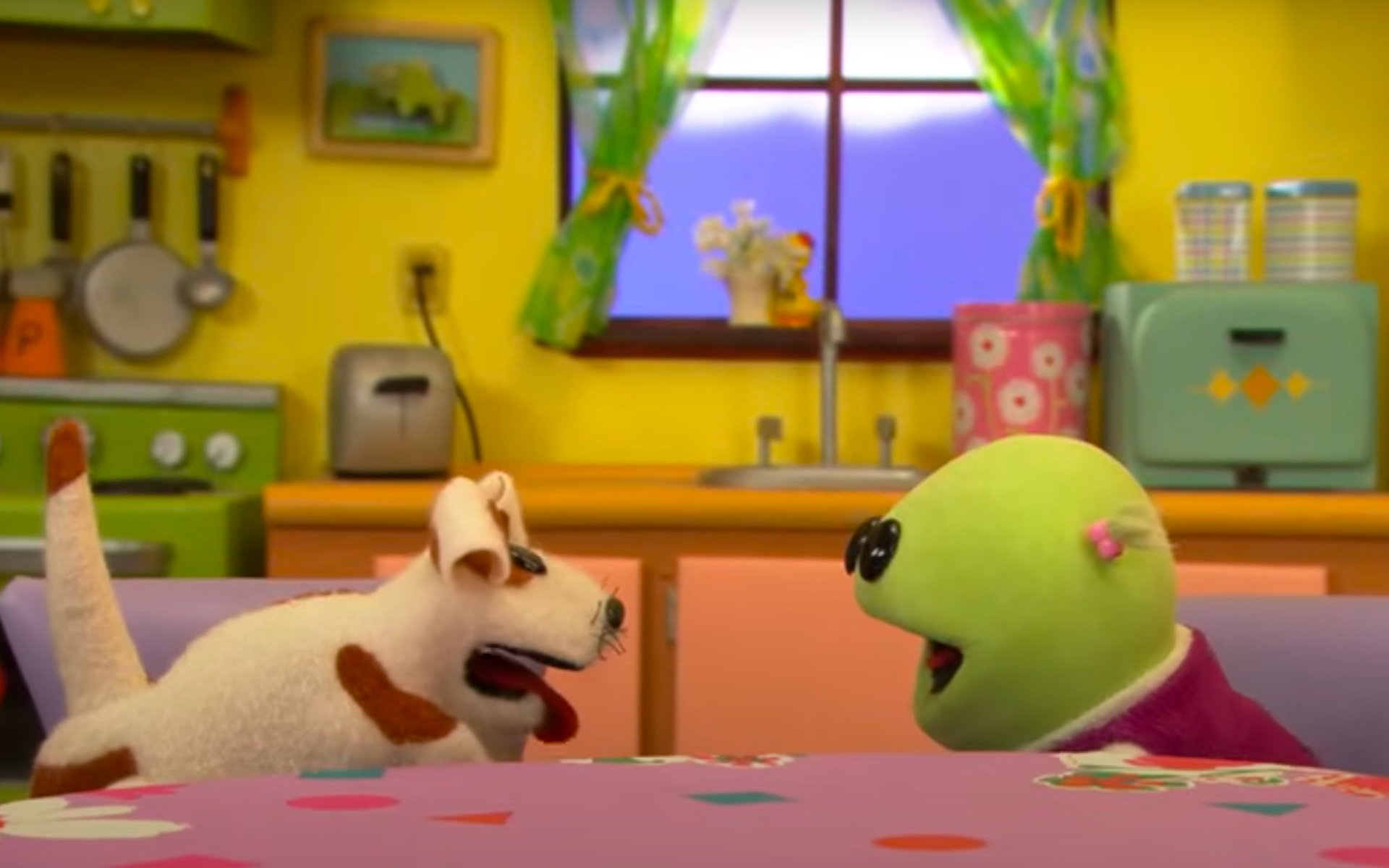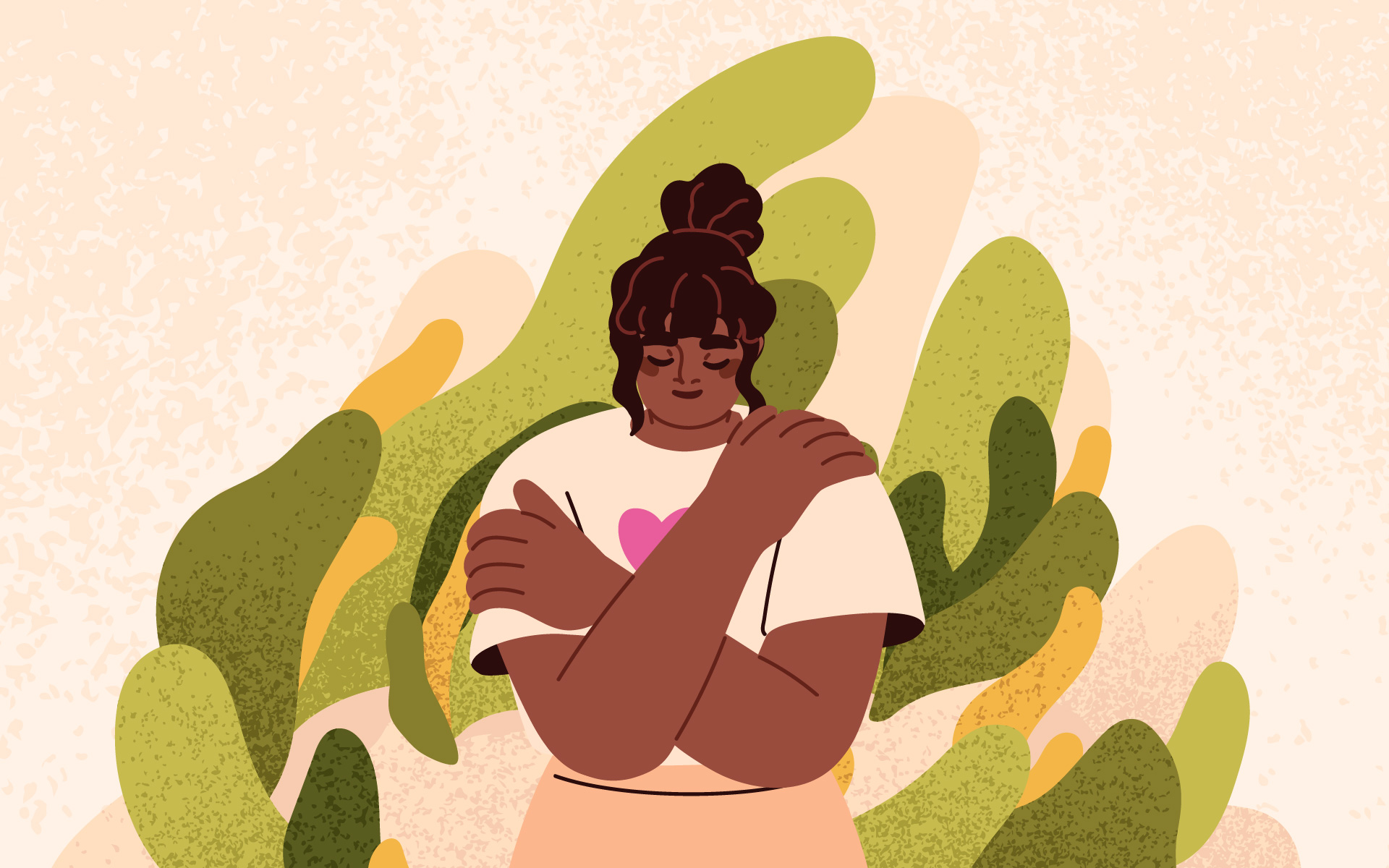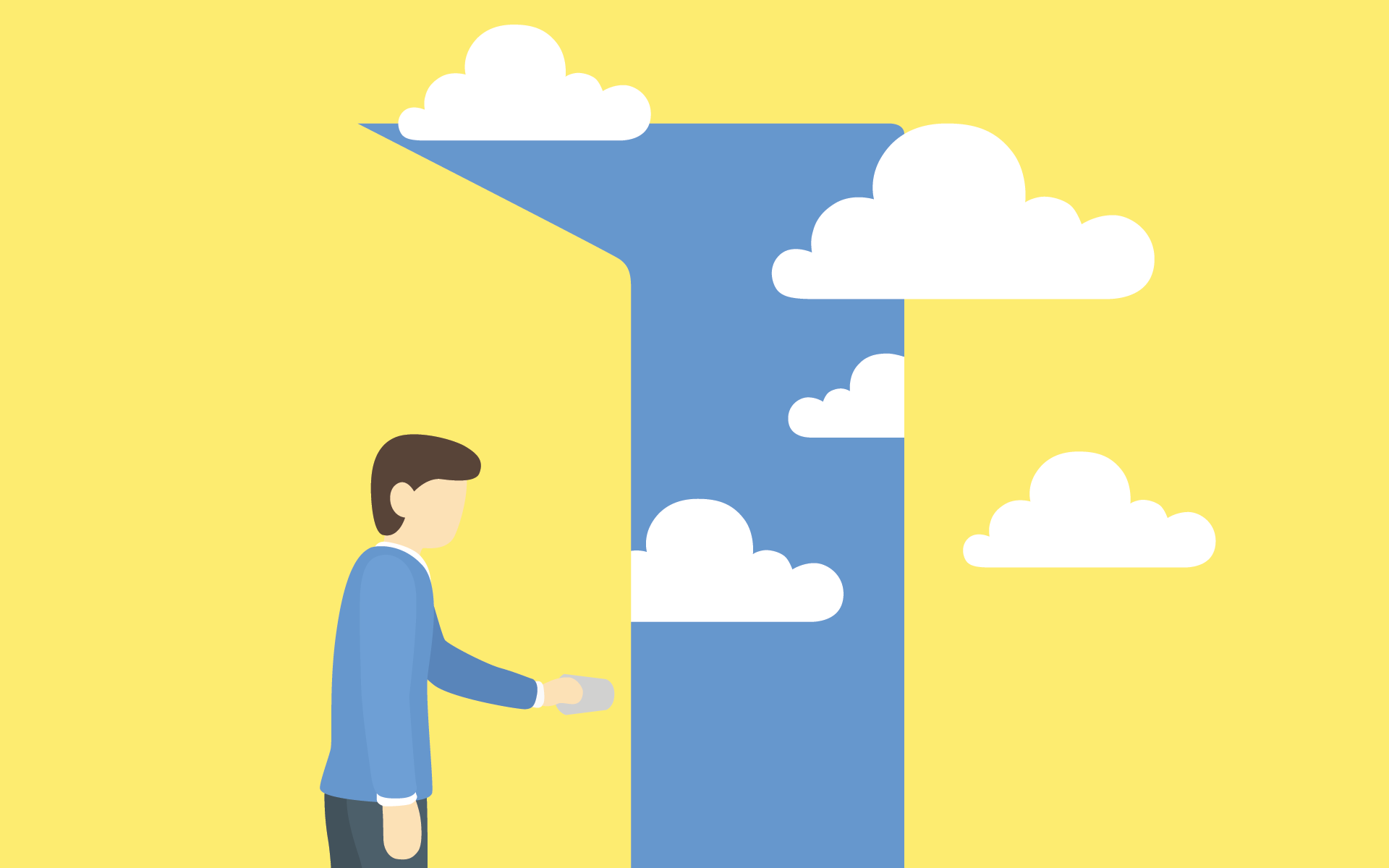When we live in the present moment rather than on autopilot, caught up in our thoughts, we increase our capacity for a feeling of vibrant aliveness, a sharp sense of presence in daily life. I feel this as a vibration that courses through my body in moments of awe. It happens when I hear the enchanting calls of a flock of geese. I feel it when I see the full moon light up the sky, illuminating the lake near my house, or when a friend or stranger greets me with a warm hello. It is a feeling of wonderment, warmth, and love—a knowing that says, “I am here, alive, right now!”
we can find our grounding again, remember who we are, and live more fully from our heart each day as we navigate this terrain called life.
This feeling of present-moment awareness can result in a visceral sense interconnection with all of life. When we feel this oneness—whatever we may call it—the world opens up. We are open to the fullness of life and our lives are forever changed.
5 Key Practices for Daily Mindfulness
Gaining this kind of awareness is often portrayed as something that happens to us, usually suddenly and spontaneously, and usually only once. But in fact, it’s an ongoing activity.
Every day, every experience, every choice is an opportunity for practicing embodied mindfulness with five core practices:
- Coming back to the present moment
- Connecting with something greater
- Growing your trust
- Embodying compassion
- Holding openness
These are the practices I keep coming back to as I work with clients. After years as a hospital and hospice chaplain, I felt an inner pull to help people feel more fully alive right now instead of waiting until the moment of their deaths.
Being human, we all get pulled into autopilot mode, engaging with others and the world from a place of habit and disconnection. With these five practices, we can find our grounding again, remember who we are, and live more fully from our heart each day as we navigate this terrain called life.
For me, the value of these practices came into sharp focus in a moment of fear.
The Power of the Present Moment
In my early thirties, I was a senior account executive for Time Warner and won the sales-incentive trip. These trips were always fun.I was headed to Costa Rica, and our accommodations were lush.
One of our day trips was whitewater rafting, and I felt uneasy before it even started. We were moving through rapids categorized as level three in whitewater rafting terms. But the river was high due to recent rains, and the rapids were actually more like level four. The head of our raft was a member of Costa Rica’s Olympic whitewater rafting team, and he was fearless. He led our eight-person boat right down the middle of each rapid. My hands were slipping as I tried to hold on to the handle in the back corner of the raft. My heart was racing. We hit a huge rapid, and I was thrown upward and out of the raft. Despite my life vest and helmet, I was pulled deep underwater.
I curled in a fetal position. Everything was dark, silent. This is it, I thought. I am going to die.
In that moment, I flashed back to when I was an 11-year-old cancer patient, going through chemotherapy. I saw myself again as a tiny, skinny, frail girl with no hair lying in a hospital bed, alone and scared.
Then, just as it had when I was 11, peace poured through my body, permeating every ounce of my being. I let go and surrendered to it. A deep trust, a knowing, came through me: I was going to be okay, no matter what happened next. My body started to uncurl. Next thing I remember, I was grabbed by my life vest and pulled onto a boat. I was in shock, frozen. I couldn’t speak. I kept hearing we had to keep going down the river to get out.
Motionless, I got back into my spot on the raft and held on tightly. When we landed on shore, my body started to calm. I was exhausted.
What I learned that day in the rapids of the Costa Rican river was a lesson in trust. This near-death experience was a turning point in my adult life. Afterward, I felt a heightened sense of being alive, similar to what I’d felt as a young child when I lived in the present moment. Having faced death again, I was given a new lens through which to view life. I came into a deeper understanding of what it means to be fully alive.
Coming Back to the Practice
These five practices—coming back to the present moment, connecting with something greater, growing my trust, embodying compassion, and holding openness—have shaped and molded who I am and my understanding of being alive. I consciously practice and live into them daily.
All of us have to navigate ups and downs, sorrows, and challenges. The question is, do we do so in a way that makes us feel shut down, tuned out, and closed off from ourselves and from life? Or do we want to do the opposite—open ourselves to being more fully present and alive?
Each practice alone can help you feel more peace, ease, and spaciousness. But the practices also augment and build on each other. Coming back into the present moment takes us out of our thinking mind and creates room for compassion and a sense of interconnection with the people and world around us. That connection helps us grow our trust through accepting what is and through listening deeply. When we are present in the moment and not lost in our minds, we are able to feel more acutely in our body, our heart, and our whole being. The relief of coming back to the present moment, along with a felt sense of interconnection, a felt sense of trust, and a felt sense of compassion, enable us to hold openness through life’s inevitable challenges. By staying open to all of life, we are able to live fully and love deeply.
We don’t have to wait until we’re faced with our imminent death or with a dramatic life event to embody mindfulness. Everyday life gives us a lot of opportunities to get there little by little. All of us have to navigate ups and downs, sorrows, and challenges. The question is, do we do so in a way that makes us feel shut down, tuned out, and closed off from ourselves and from life? Or do we want to do the opposite—open ourselves to being more fully present and alive?
read more
What We Know (Or Think We Know) About Happiness
When you don’t know what makes you happy, you can end up chasing illusions that only make you suffer. The secret to discovering happiness might be closer than you think.
Read More
Embracing Discomfort: The Surprising Path to a Meaningful Life
Discover how engaging in challenging yet meaningful activities can lead to a more fulfilling life. Psychologist Diana Hill shares six strategies to help you lean into discomfort, cultivate resilience, and expand your flexibility.
Read More
Seven Questions To Ask Yourself If You Want to Thrive
Many leaders focus on having the right answers, but success is more about asking the right questions.
Read More
